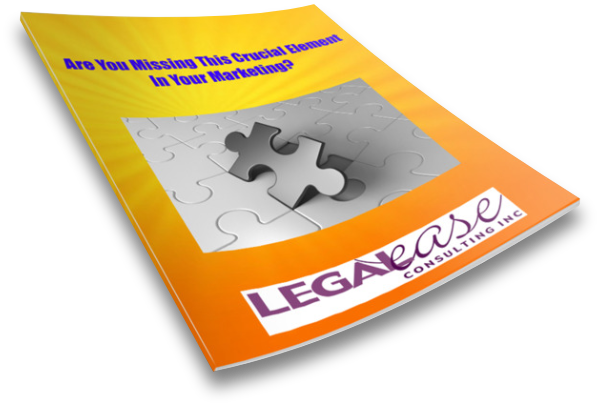 I’ve long been an advocate of LinkedIn Groups as a business development tool, but, especially with the previous round of changes that separated Groups into a stand-alone app, many lawyers didn’t take advantage of Groups.
I’ve long been an advocate of LinkedIn Groups as a business development tool, but, especially with the previous round of changes that separated Groups into a stand-alone app, many lawyers didn’t take advantage of Groups.
This month, LinkedIn announced it’s making some changes to its Groups feature in both the website and mobile app that should improve the user experience.
Groups will now be re-integrated into the main LinkedIn user interface for a more seamless experience, making it easier to access your Groups from the LinkedIn Home page.
With the new Groups interface, you’ll also see conversations from your Groups right in your main LinkedIn news feed. Threaded replies will be incorporated, and you’ll be able to edit posts and comments and reply to comments from the app.
Rich media features will also be added to Groups, allowing members to post video, multiple images or rich media links to Group discussions.
For those of you who are overwhelmed with email, you may be happy to learn that instead of getting updates from your Groups via email, those updates will now be incorporated into your LinkedIn notifications.
Changes in LinkedIn Group Administration
The previous round of changes to LinkedIn Groups included a lot of changes in how Groups were administered and monitored.
LinkedIn is simplifying Groups administration by reducing the number of categories of users in Groups to just owners, managers and members. Groups members who were previously designated as moderators will become regular members unless the Group’s owner elevates the user to a manager.
All Group members will be able to post in their Groups without prior approval. Group admins should block or remove members who consistently violate the Group’s rules since pre-approval will no longer be available.
Both Group members and admins will still be able to report inappropriate content to help reduce spam, and admins will continue to be able to edit or remove posts and comments that violate that Group’s rules.
Group managers will be able to pin items to the top of a Group’s feed.
Why You Should Use LinkedIn Groups
LinkedIn Groups are an excellent tool for gathering valuable intelligence about your audience. By following Groups on LinkedIn that contain your target audience (existing and potential clients and referral sources), you can learn about their problems and concerns and see what’s important to them.
In Groups, people share information, brainstorm ideas, discuss their interests and challenges, post informational articles or links and conduct polls, making it easy for you to get to know others and for them to get to know you.
Groups give you the ability to reach out to your target audience to ask for feedback, educate them about your services or the legal issues that affect their lives and/or businesses, demonstrate your knowledge, and increase your visibility.
Reviewing LinkedIn Group discussions and activity can also help you to generate ideas for new service offerings, blog posts, articles, presentations, and more.
Joining Groups gives you access to a wider audience that goes beyond just your direct connections. As a Group member, you can view the list of members who share a specific interest, and navigate to their Profiles for additional information or to connect.
Getting The Most Out Of LinkedIn Groups
To get the most benefit from Groups on LinkedIn you need to be an active participant, just as you would when joining a group or community in “real life.” Merely being a member won’t do too much for you-you have to get involved: start discussions, post interesting articles, engage with other Group members and their content, and reach out to begin one on one discussion or connect.
Engage naturally in Groups, just as you would in an in-person networking setting. Provide value. Don’t over-promote. Be sure to review the Group’s rules and abide by them. Post content that is relevant to the specific Group.
Don’t just post links – add your own commentary, ask a question or make a statement to encourage interaction.
The new Groups experience should begin rolling out to users shortly.




